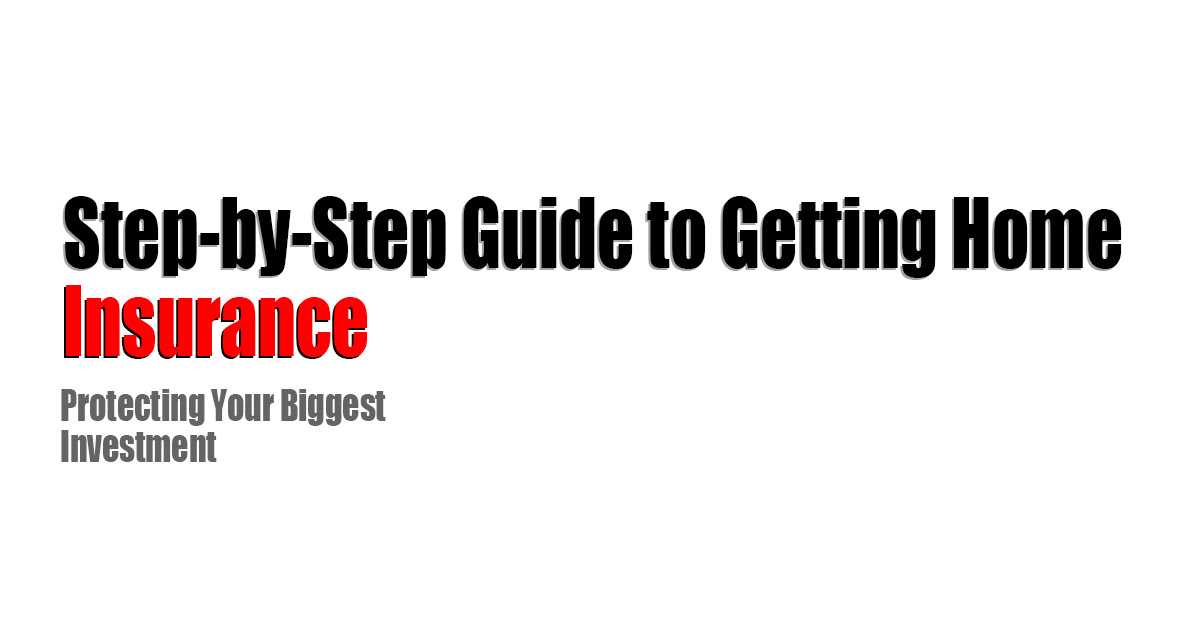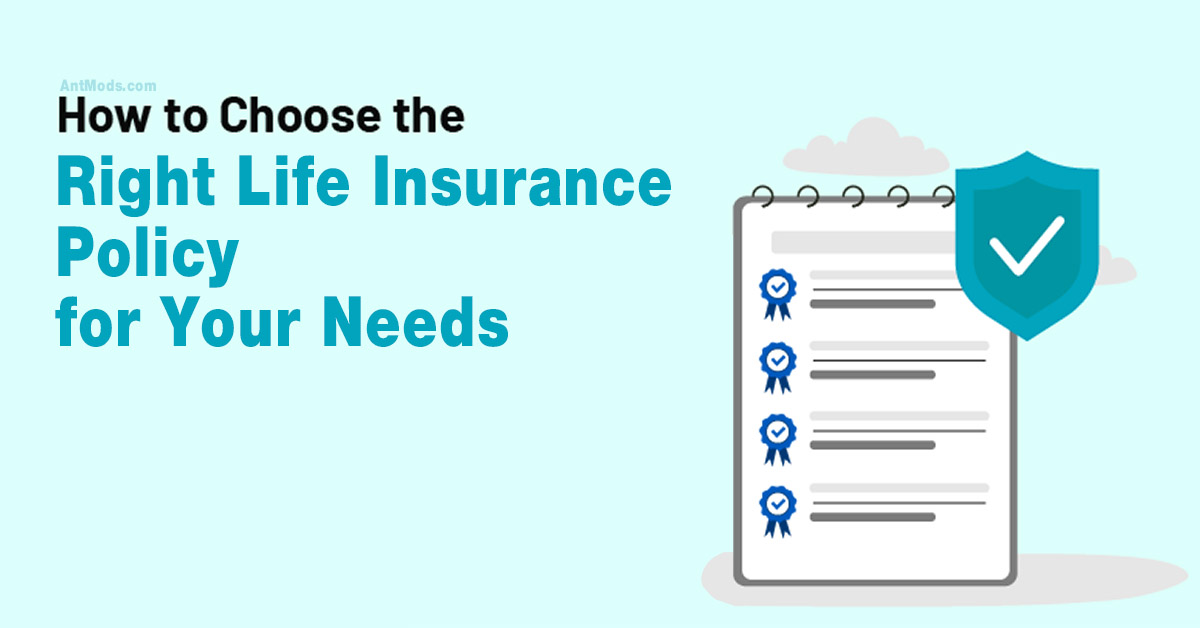Home insurance can be a significant expense, but there are various ways to reduce the cost without compromising on coverage. This guide will walk you through some of the most effective methods to save on home insurance, from bundling policies to making home improvements.

Bundle Your Policies
One of the easiest ways to save on home insurance is by bundling multiple policies with the same insurance provider. Many insurers offer multi-policy discounts when you combine your home and auto insurance, or even other types of coverage, such as renters or boat insurance. These discounts can range from 5% to 15%, significantly lowering your overall insurance costs.
How Bundling Works
- Convenience: Managing multiple policies with one provider can simplify your insurance management, reducing the hassle of dealing with different companies.
- Discounts: Insurers often reward customer loyalty by offering discounts for bundling policies, leading to considerable savings.
- Single Point of Contact: Dealing with a single insurance company for all your needs can streamline communication and claims processing, saving time and effort.
Shop Around for Better Rates
Insurance premiums can vary significantly between different providers, so it is essential to shop around. Comparing quotes from multiple insurers can help you find the best rates for your coverage needs. You can use third-party rate comparison tools or consult with an independent insurance agent for unbiased advice.
Tips for Shopping Around
- Use Online Comparison Tools: Websites like Policygenius, NerdWallet, and Bankrate allow you to compare quotes from multiple insurers easily.
- Consult Independent Agents: Independent agents work with multiple insurance companies and can help you find the best deal for your specific needs.
- Check Financial Stability: Ensure the insurer you choose has a good financial rating from agencies like A.M. Best or Moody’s, as financial stability is crucial for claims processing., as financial stability is crucial for claims processing.
Increase Your Deductible
Raising your deductible is another effective way to lower your insurance premiums. However, it’s important to ensure that you have sufficient funds set aside to cover the higher deductible in case of an emergency. For example, increasing your deductible from $500 to $1,000 could reduce your premium by 15% to 20%.
Considerations for Higher Deductibles
- Emergency Fund: Make sure you have enough savings to cover the deductible amount in case of a claim.
- Frequency of Claims: If you rarely file claims, opting for a higher deductible can result in substantial savings.
- Long-Term Savings: Calculate the potential long-term premium savings against the risk of paying a higher deductible.
Ask for Discounts
Insurance providers often offer various discounts that can help lower your premiums. It’s important to ask about these discounts and determine which ones you may qualify for.
Safety Measures Discounts
- Smart Home Devices: Installing smart smoke detectors, home security systems, and leak detectors can qualify you for significant discounts. Consider products from reputable brands like Ring or Nest.
- Fire Alarms and Sprinkler Systems: Advanced fire detection and suppression systems can reduce fire risks, leading to lower premiums.
- Storm Shutters and Impact-Resistant Windows: Protecting your home from severe weather conditions can help lower insurance costs.
Loyalty Discounts
- Long-Term Customers: Insurers may offer loyalty discounts to customers who have been with them for several years.
- Continuous Coverage: Maintaining uninterrupted coverage without any gaps can also qualify you for loyalty discounts.
Payment Discounts
- Annual Payments: Paying your premium in full annually instead of monthly can result in lower overall costs.
- Auto-Payments: Setting up automatic payments can also lead to additional savings.
New Home or First-Time Buyer Discounts
- First-Time Homebuyers: Some insurers offer special discounts for first-time homebuyers to help reduce costs.
- Newly Constructed Homes: Homes built with modern materials and safety features may qualify for lower premiums.
Improve Your Home’s Security and Safety
Enhancing your home’s security and safety features can significantly reduce your insurance premiums. Below are some improvements to consider.
Security System Installation
- Modern Security Systems: Installing a modern security system with remote monitoring and alerts can reduce the risk of theft and vandalism, resulting in premium discounts.
- Smart Home Integration: Integrating your security system with other smart home devices can enhance safety and increase the likelihood of discounts.
Roof Replacement
- Durable Materials: A new roof made from durable materials such as asphalt shingles, metal, or tile can protect your home from weather damage and lower your insurance costs.
- Regular Maintenance: Regular roof inspections and maintenance can prevent costly repairs and reduce risks, potentially lowering premiums.
Plumbing and Electrical Upgrades
- Modern Plumbing: Updating old plumbing systems can reduce the risk of water damage and leaks.
- Electrical Upgrades: Upgrading electrical systems to meet current safety standards can minimize the risk of electrical fires, resulting in lower premiums.
Fire Sprinkler System
- Indoor Sprinkler Systems: Installing an indoor sprinkler system can significantly reduce the risk of fire damage, potentially leading to lower insurance costs.
Maintain a Good Credit Score
In most states, insurance providers use your credit-based insurance score to determine your home insurance rates. Maintaining a good credit score can help you qualify for lower premiums.
How Credit Scores Impact Insurance
- Credit-Based Insurance Scores: Insurers use these scores to assess the likelihood of filing claims. For more details, check Insurance Information Institute, with higher scores typically leading to lower premiums.
- Good Credit Habits: Paying bills on time, keeping credit utilization low, and monitoring your credit report can help you maintain a good credit score and reduce your insurance costs.
Review and Update Your Policy Regularly
Your homeowner’s insurance needs may change over time due to renovations, new appliances, or changes in your home’s value. Regularly reviewing your policy ensures that you are not over-insured or under-insured, helping you save money.
Steps to Review Your Policy
- Annual Review: Schedule an annual review of your policy to ensure it aligns with your current needs and circumstances.
- Notify Your Insurer: Inform your insurer about any changes, such as renovations, new valuables, or changes in occupancy.
- Remove Unnecessary Coverage: Consider removing any additional coverage or riders that you no longer need to avoid paying for unnecessary protection.
Opt for Replacement Cost Coverage
Ensure that your home is insured for its replacement cost rather than its market value. This distinction is crucial because the cost to rebuild your home, including debris removal and architect fees, can be significantly different from its market value.
Understanding Replacement Cost Coverage
- Rebuilding Costs: Replacement cost coverage ensures you have enough to rebuild your home if it is destroyed, covering construction costs, debris removal, and more.
- Market Value: The market value represents the current selling price of your home, which may not cover the actual rebuilding costs, especially after a catastrophic event.
Consider the Location and Construction of Your Home
The location and construction materials of your home can significantly impact your insurance costs. Here are some factors to consider:
Location
- Proximity to Fire Stations: Homes closer to professional fire departments typically have lower premiums due to reduced fire risk.
- Natural Disaster Zones: Homes in areas prone to natural disasters such as floods, earthquakes, or hurricanes may require additional coverage. You can check if your home is in a flood zone using the FEMA Flood Map Service. and come with higher premiums.
- Crime Rates: Homes in areas with high crime rates may have higher premiums due to the increased risk of theft and vandalism.
Construction Materials
- Fire-Resistant Materials: Homes built with fire-resistant materials such as brick or stone may qualify for lower premiums.
- Modern Building Codes: Homes constructed to meet modern building codes and safety standards often have lower insurance costs due to reduced risk.
These strategies can help you lower your home insurance premiums without sacrificing necessary coverage. By bundling policies, shopping around for better rates, and making thoughtful improvements to your home, you can enjoy comprehensive protection at a more affordable cost. Start with one of these methods today and see how much you can save!






